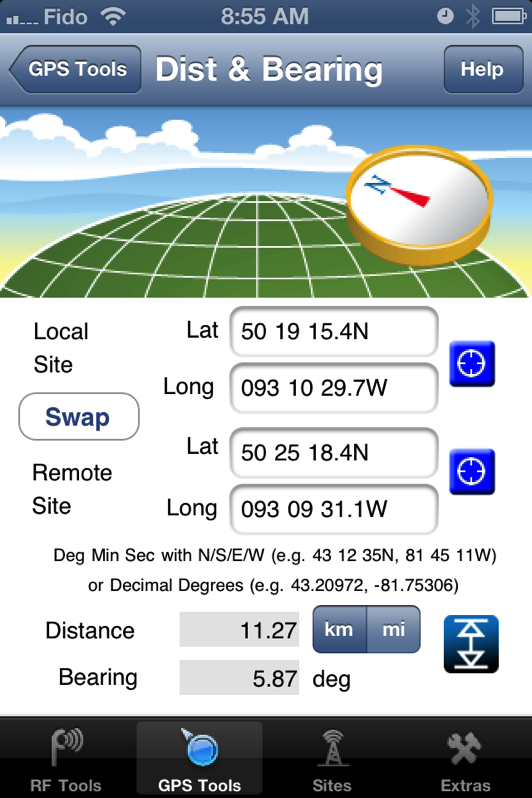

3.Ěctive devices, such as transistors and tunnel diodes, very often will not be short or open circuit stable.

Short and open circuits are difficult to achieve over a broad band of frequencies. Figure 3 1.Ğquipment is not readily available to measure total voltage and total current at the ports of the network. The important thing to note here is that both open and short circuits are essential for making these measurements. H12 is determined by measuring the ratio of V1 to V2-the reverse voltage gain-with the input port open circuited H11 is then the ratio of V1 to I1-the input impedance of the resulting network. H11 is determined by setting V2 equal to zero-applying a short circuit to the output port of the network. To see how parameter sets of this type can be determined through measurement, let’s focus on the H-parameters. The parameters are the constants used to relate these variables. The only difference in the parameter sets is the choice of independent and dependent variables. All of these network parameters relate total voltages and total currents at each of the two ports. We're all familiar with the H-, Y-, and Z-parameter sets (Fig. 1) can be described by a number of parameter sets. By reviewing some traditional network analysis methods we’ll understand why an additional method of network characterization is necessary at higher frequencies. S-parameters are basically a means for characterizing n-port networks. We will discuss: (1) scattering or S-parameters, (2) voltage and power gain relationships, (3) stability criteria for two-port networks in terms of these S-parameters and we will review (4) the Smith Chart. These concepts are most useful at those frequencies where distributed, rather than lumped, parameters must be considered. This first portion of the Keysight S-Parameter Design article introduces some fundamental concepts we will use in the analysis and design of high frequency networks. Basic Microwave Review–Part II This portion extends the basic concepts to: a. The frequency response of RL-RC-RLC circuits 2. Basic Microwave Review–Part I This portion of the seminar contains a review of: a. The content of the S-Parameter Design article is as follows:Ī. network analysis instrumentation systems that permit complete network characterization in the microwave frequency range have greatly assisted these engineers in their work. The development of microwave transistors and the Keysight Technologies, Inc. These engineers are being asked to design solid state circuits that will operate at higher and higher frequencies. The need for new high-frequency, solid-state circuit design techniques has been recognized both by microwave engineers and circuit designers.


 0 kommentar(er)
0 kommentar(er)
